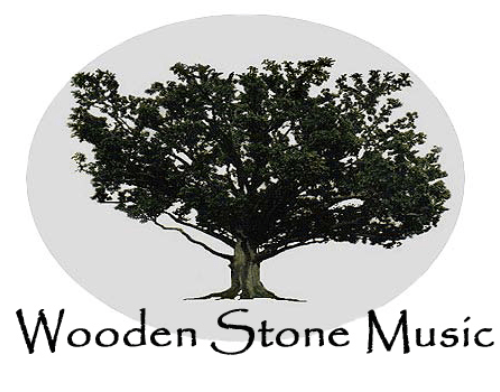services
Celtic Music
01
About the music
Celtic Music
As the ancient Celts left no recorded music to pass down through the ages, much has been left to the imagination of today’s “Celtic” musician and composer. The traditional tunes from Ireland, Scotland, and Wales, that have been passed down from generation to generation, have influenced much of today’s new “Celtic” music. For example, certain chord changes and patterns that are so musically definitive of these traditional songs, are often found woven throughout today’s Celtic music. This also may include certain rhythm patterns that can easily introduce dance, such as traditional Irish step dancing.
As a composer of what I like to call ‘New Celtic’ Music, I still like to write as traditionally as possible. My music usually has a traditional structure, with an ‘A’ section followed by a ‘B’ section, and sometimes an additional ‘C’ section, or bridge. This will usually repeat back to the ‘A’ and ‘B’ sections. I never limit myself to these rules writing Celtic Music, but I like to incorporate this basic structure, as it remains somewhat true to the old traditional fiddle tunes.
More importantly than ‘staying in the lines’ structurally, however, is creating the mood that I am after musically, and drawing the listener into this musical mood that I am trying to create. One way of doing this is with the color of the chords being used, and how they are used with each other. For instance, a certain chord change may give an ‘up-lifting’ effect, while another may ‘darken’ the mood of the listener. It is always a challenge to create these ‘mood changes’ with the greatest of ease, so smoothly, in fact, so as to draw the listener through them without notice, unless it is intended that they notice. I find this to be true in all good writing, especially ballads, trying to take the listener to both sides of the fence, no boundaries, from the ‘darker’ side to the ‘up-lifted’ side, either very smoothly, or quite dramatically, depending on what effect I want the music to have on the listener. Another way, is rhythmically, using patterns that accentuate the mood you are wanting to create, along with the chord changes that best paint your musical picture. For instance, rhythms that make the listener want to dance, or rhythms that are used for dramatic effect to create tension are a must when trying to create certain musical moods. On the other hand, the sound of a lonely violin or bagpipe might be all that’s needed to draw the listener into your world. There are no rules, it is a blank canvas just waiting.
This is how I feel about New Celtic Music, as it did not get carried down throughout the ages, and yet it has managed to find its way into today’s market. It truly is an individual interpretation of what one might think of as a Celtic Music. No boundaries, but at the same time, there are the traditional Irish and Scottish tunes, that have been passed down, that we can learn from. They are musical treasures of these different cultures, painting pictures for us of their lands, and of their peoples. I have taken these mental images a step farther, by creating my own interpretation of these Celtic lands and their people. While I would hope to be considered unique in my style of writing, I also hope that my high regard for their true traditional music shines through.
— Arlene Faith
